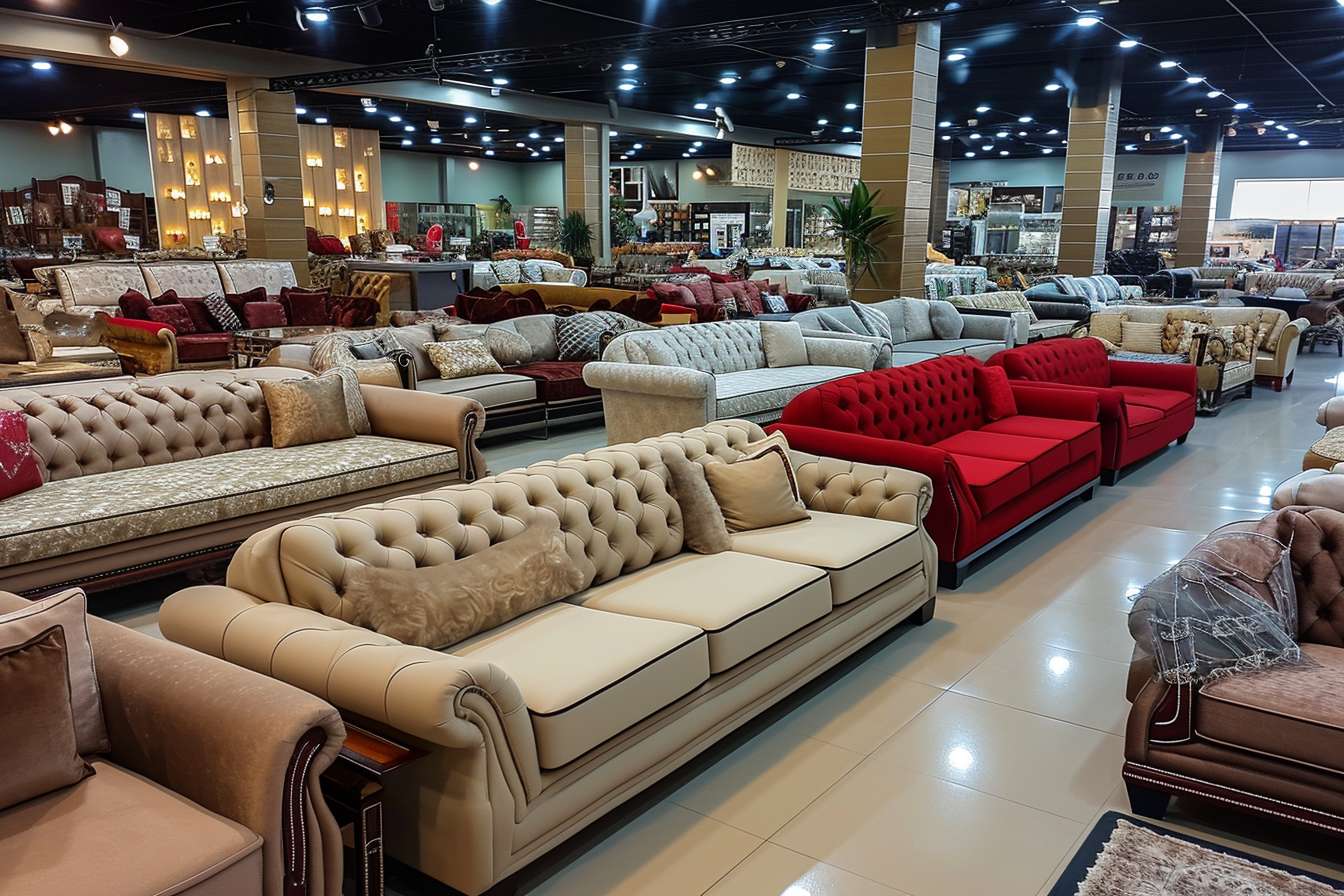Looking for Furniture? Discover Options and Prices for 2025
Shopping for furniture in 2025 presents consumers with an expansive marketplace filled with diverse options, price points, and buying methods. Whether you're furnishing a new home, updating existing spaces, or replacing worn pieces, understanding the current furniture landscape helps you make informed decisions that balance quality, style, and budget considerations.

What Furniture Options Are Available in 2025?
The furniture market has evolved significantly, offering traditional retail stores, online-only retailers, direct-to-consumer brands, and hybrid shopping experiences. Physical showrooms remain popular for testing comfort and quality, while e-commerce platforms provide extensive selections with detailed specifications and customer reviews. Direct-to-consumer manufacturers have gained traction by eliminating middleman markup and offering competitive pricing on modern designs.
Sustainable and eco-friendly furniture options have become mainstream, with manufacturers using recycled materials, responsibly sourced wood, and low-emission finishes. Smart furniture incorporating technology features like built-in charging stations, adjustable mechanisms, and integrated lighting systems represents a growing segment catering to modern lifestyle needs.
How Much Does Quality Furniture Cost in 2025?
Furniture pricing varies dramatically based on materials, construction methods, brand reputation, and design complexity. Entry-level furniture typically uses engineered wood, basic hardware, and simpler construction techniques, while premium pieces feature solid wood, dovetail joints, and hand-finished details.
Living room furniture ranges from budget-friendly options under $500 for basic sofas to luxury pieces exceeding $3,000. Bedroom sets span from $800 for complete starter collections to $5,000 or more for solid wood craftsmanship. Dining room furniture shows similar variation, with basic tables starting around $300 and extending to $2,000 for hardwood construction with matching chairs.
| Furniture Category | Budget Range | Mid-Range | Premium Range |
|---|---|---|---|
| Sofa/Sectional | $400-800 | $800-2,000 | $2,000-5,000+ |
| Bedroom Set | $600-1,200 | $1,200-3,000 | $3,000-8,000+ |
| Dining Table | $200-600 | $600-1,500 | $1,500-4,000+ |
| Office Chair | $100-300 | $300-800 | $800-2,000+ |
Prices, rates, or cost estimates mentioned in this article are based on the latest available information but may change over time. Independent research is advised before making financial decisions.
Looking for Quality Furniture in 2025? Discover Options and Pricing
Quality assessment involves examining construction methods, material composition, and warranty coverage. Solid wood furniture generally offers superior durability compared to particle board or MDF alternatives, though engineered materials have improved significantly in recent years. Joint construction techniques like mortise-and-tenon or dovetail connections indicate higher quality than simple screws or staples.
Upholstered furniture quality depends on frame construction, spring systems, and fabric durability. Eight-way hand-tied springs represent premium construction, while sinuous springs offer good support at moderate prices. Foam density ratings help evaluate cushion longevity, with higher density foams maintaining shape longer.
Where to Find Furniture Deals and Competitive Pricing
Timing purchases strategically can yield significant savings. Traditional sale periods include end-of-summer clearances in August, post-holiday sales in January, and spring promotions before new collections arrive. Memorial Day and Labor Day weekends historically feature furniture retailer promotions.
Online retailers often provide competitive pricing due to lower overhead costs, while local furniture stores may offer negotiation opportunities and personalized service. Outlet stores and clearance centers sell discontinued models, floor samples, and overstocked items at reduced prices, though selection may be limited.
Understanding Furniture Materials and Construction in 2025
Material choices significantly impact both pricing and longevity. Solid hardwoods like oak, maple, and cherry command premium prices but offer exceptional durability. Softwoods like pine provide budget-friendly options suitable for painted finishes or temporary use. Engineered wood products have improved in quality while maintaining cost advantages.
Metal furniture components, particularly in office and outdoor settings, range from basic steel to premium aluminum and stainless steel options. Upholstery fabrics span from synthetic blends to natural fibers like leather and wool, each offering different maintenance requirements and aesthetic qualities.
Making Smart Furniture Purchases for Long-Term Value
Consider total cost of ownership when evaluating furniture options. Higher initial investment in quality pieces often proves economical over time through extended lifespan and reduced replacement needs. Modular furniture systems offer flexibility for changing needs and spaces, while classic designs tend to remain stylistically relevant longer than trendy alternatives.
Measure spaces carefully before purchasing, accounting for doorways and stairs during delivery. Review return policies, especially for online purchases, and understand warranty coverage for different components. Factor in delivery costs, assembly requirements, and potential professional installation fees when budgeting for furniture purchases.
Furniture shopping in 2025 offers unprecedented choice and convenience, with options ranging from budget-conscious solutions to luxury investments. Success lies in balancing immediate needs with long-term value, understanding quality indicators, and timing purchases strategically. Whether choosing traditional retail experiences or embracing online shopping convenience, informed consumers can find furniture solutions that enhance their living spaces while respecting budget constraints.




